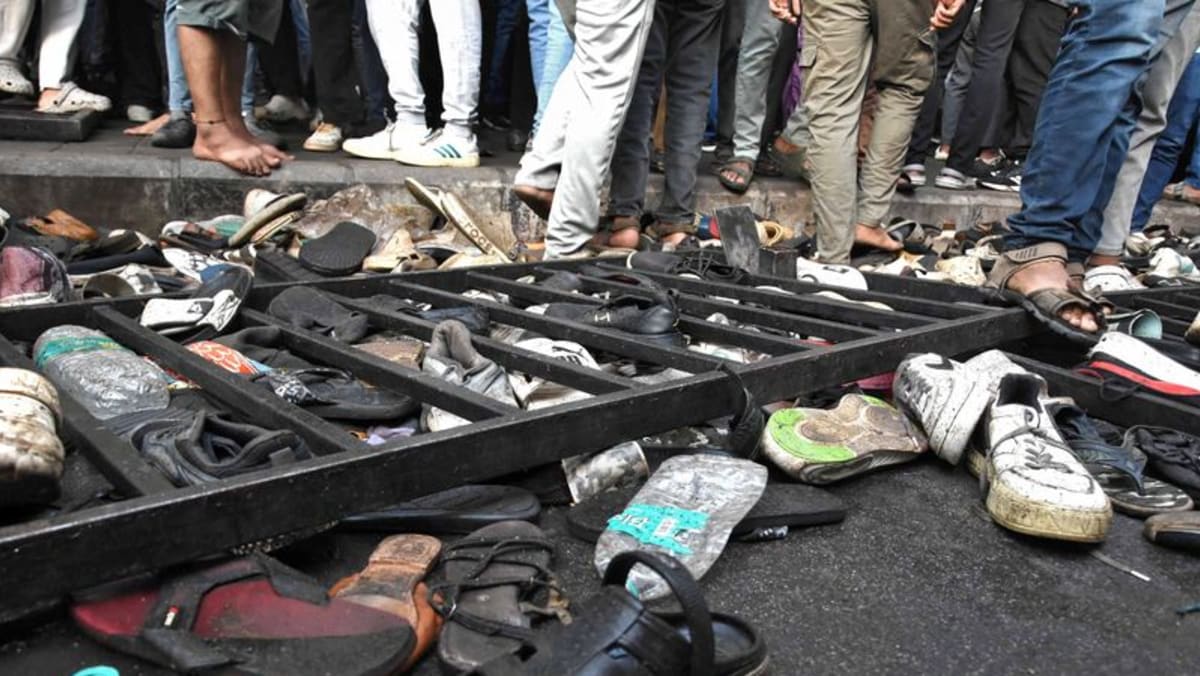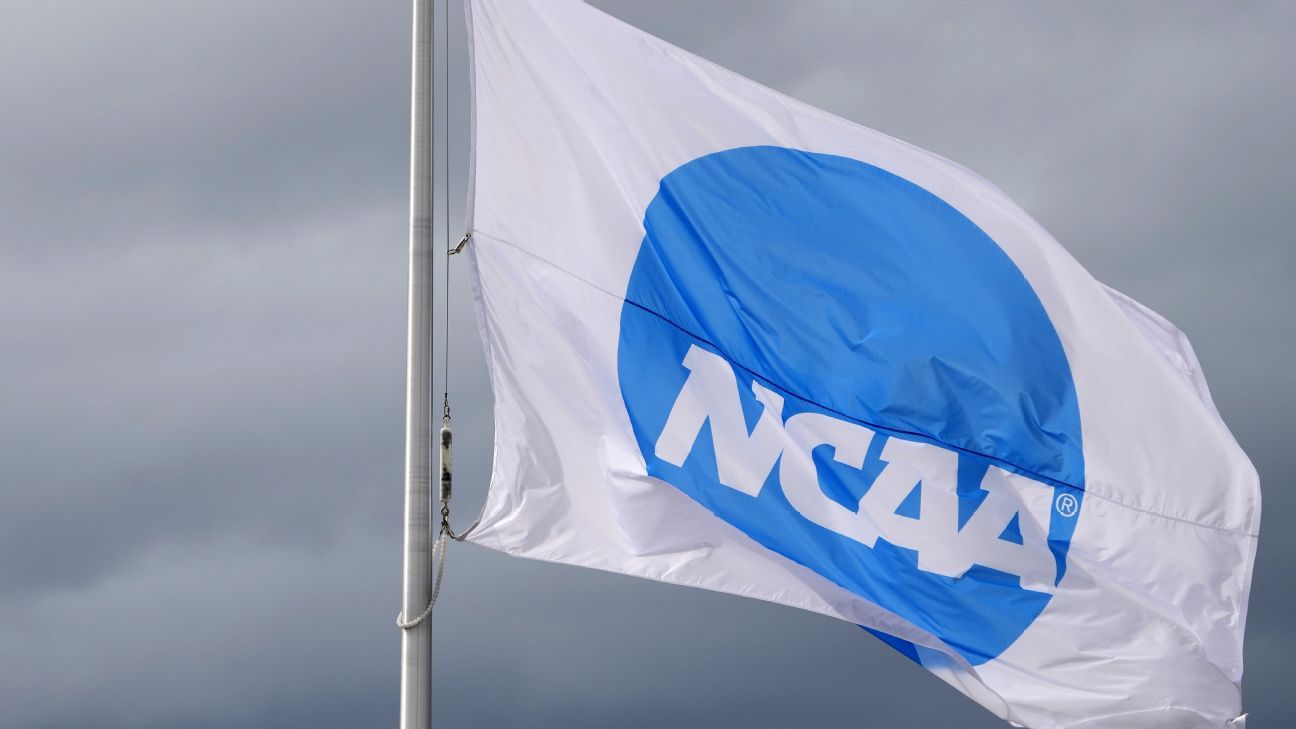Timber stadium proposed for new, relocated Gabba

Save Log in , register or subscribe to save articles for later. Save articles for later Add articles to your saved list and come back to them any time. Got it Normal text size Larger text size Very large text size The Games Independent Infrastructure and Coordination Authority is conducting the 100-day review of Olympic infrastructure. Read some of the submissions here. See all 15 stories . A new Gabba, built right across the road from the old cricket ground, could break records as the world’s largest timber stadium. Architecture firm Kirk Studio’s proposal appeals to the International Olympic Committee’s sustainability strategy by using renewable construction material. The result would be a 60,000-seat “Gabba West” stadium across Main Street from the existing Gabba, above the new Cross River Rail station site. In its submission to the Games Independent Infrastructure and Co-ordination Authority’s 100-day infrastructure review, Kirk Studio says Brisbane 2032’s stadium solution has been “hiding in plain sight” all along. “Beyond addressing the Olympic stadium’s requirements, Gabba West offers a long-overdue solution to the city’s most critical transport nexus, resolving traffic issues that have persisted since Brisbane’s foundation,” Kirk Studio says in its GIICA submission. “This site has long posed a challenge for the state, with viable redevelopment efforts failing to materialise. The constraints of the site, however, make it uniquely suited for a stadium development.Advertisement“Additionally, Gabba West is already an active construction site, allowing new development to commence immediately – potentially even before the completion of the Cross River Rail project.” Speaking to this masthead, architect Richard Kirk said using timber would make Gabba West one of the most environmentally friendly stadiums in the world. “The commitment made in the bid for the Olympics is that it would be six-star Green Star, and a core part of that is we should be replacing up to 40 per cent of the structure with renewable materials,” he said. “And the only renewable building material is timber.” The 60,000-seat stadium would be made of timber. Credit: Kirk Studio Kirk said the timber structure could be prefabricated off-site to reduce construction time. “Australia’s got an excellent timber industry and if they’re given enough lead time, they can invest in the scale that they need, they can invest in the technology they need, to do a project of this order,” he said.Advertisement“Everyone always looks at these projects as a just a city-building legacy, but there’s an industry-building legacy as well.” Using timber would also reduce the stadium’s weight – allowing it to sit more easily, from an engineering perspective, above both the Cross River Rail and Clem7 tunnels. Most master-planned stadiums have a longer walk to and from mass transit stations, to allow for better crowd dispersion and prevent crushes. People walk at different speeds, so a 500-metre walk, for example, will thin the crowd before they get to their destination. Gabba West would be virtually on top of the station, which Kirk conceded presented some issues. But he insisted none of them were insurmountable, particularly if crowd dispersal was considered not just as a horizontal problem, but also a vertical one.Advertisement“With a bit of design work, the Cross River Rail proximity and dealing with it in section, not just in plan – that is, treating the movement vertically, not just horizontally – gives you that total dispersal,” he said. “In fact, it’ll be the only stadium where you can arrive without getting wet – that’s a very tropical solution. “So sometimes these things that appear to be negatives can end up being attributes.” The planned Woolloongabba Cross River Rail station. Credit: Cross River Rail Delivery Authority And given the Gabba’s proximity to bars and restaurants – something Victoria Park lacked – not everyone would be going home at the same time. “You can create a destinational precinct where people can spend time and linger, which is precisely what you want to do,” Kirk said. “You don’t want 60,000 people to leave straight away, because the benefits of these events aren’t the ticket sales, they’re the activities that happen around that.”AdvertisementKirk said the concept came to him a couple of months ago, as he drove past the site. “Design can happen pretty quickly,” he said. Central to Kirk’s thinking was keeping the Gabba in Woolloongabba. Queensland v New South Wales at the Gabba in 1909. Credit: Archive “It’s a mistake to move the sporting DNA out of its home,” he said. “It just made so much sense that if you could keep it somehow, by making it work within the existing precinct, there were enormous benefits, like the transport, like the fact that it’s already owned by the public.”Advertisement










